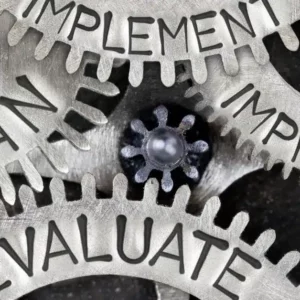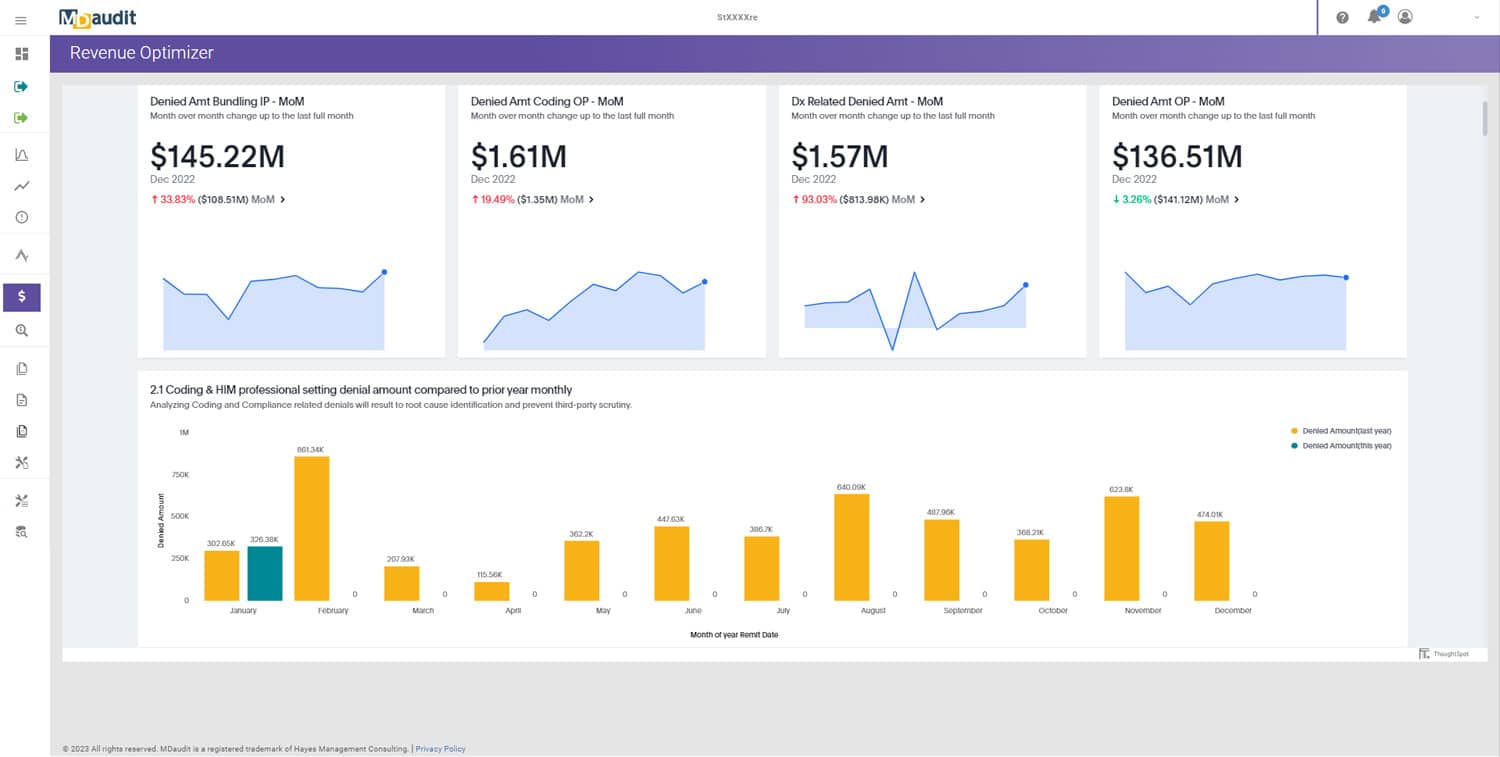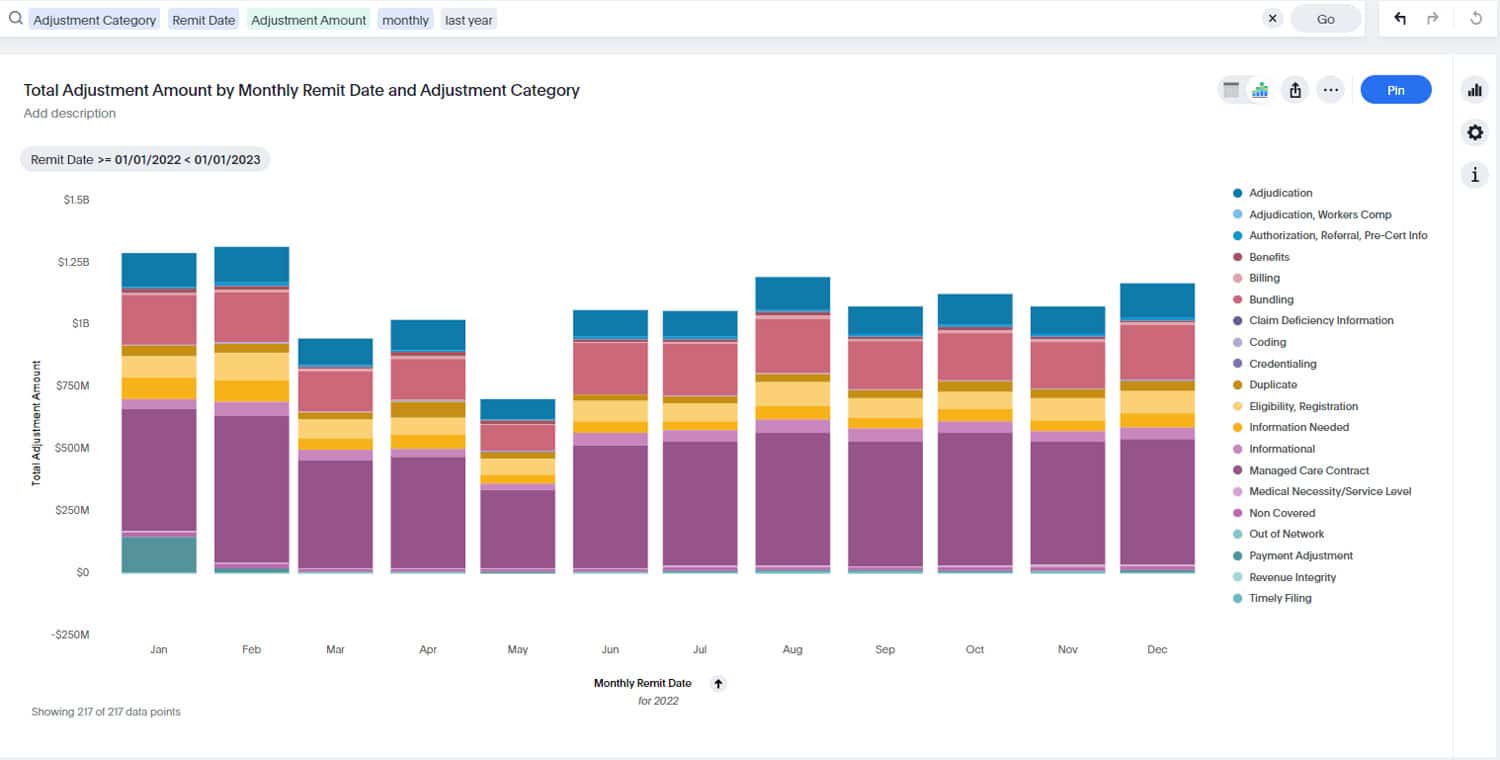In today’s segmented healthcare systems, Revenue Cycle Management (RCM) cohesiveness remains as important as ever. If you’re looking for ways to bring the whole team together over this important function, here are six key talking points to consider adding to the conversation.
1. Financial Stability
In an era of rising healthcare costs and shrinking margins, a cohesive RCM ensures that healthcare organizations can efficiently manage their finances and teams. This plays a crucial role in guaranteeing that providers receive accurate and timely payment for the services they provide. Financial stability is essential for maintaining the day-to-day operations of healthcare facilities, covering expenses, and planning for future investments and organizational growth.
2. Streamlined Processes
RCM optimizes and streamlines the entire billing and reimbursement process. This not only reduces inefficiencies but minimizes errors that can lead to claim denials or delayed payments. The adoption of RCM technologies, such as Electronic Health Records (EHRs), practice management systems, and AI-powered billing software, has revolutionized the way healthcare organizations manage their financial operations. This integrated cycle involves action from every member of the healthcare team, including:
- Patient Registration
- Insurance Verification
- Claim coding
- Claim submission (including all documentation)
- Claim follow-up
- Payment Posting/Remittance Processing
What’s done at each of these touchpoints ultimately determines success for the whole system. Organizations that integrate each process with the entire system in mind will benefit from stronger revenue streams, better employee experience, and more successful patient outcomes.
3. Enhancing the Patient Experience
An integral aspect of RCM is creating a billing and payment process that is transparent and patient-friendly. Patients often grapple with complex medical bills and insurance statements. A well-executed RCM strategy reduces confusion and frustration for patients from the moment they enter the door. This experience begins with staff education and streamlined processes. Ensuring higher patient satisfaction and greater patient loyalty.
4. Regulation and Compliance
Healthcare providers are navigating a complex web of regulations and compliance standards, such as the Health Insurance Portability and Accountability Act (HIPAA) and the Affordable Care Act. This streamlined RCM approach ensures that requirements are being met at every level of the cycle, producing higher quality assurance standards for the organization as a whole.
5. Data Management
RCM involves collecting, storing, and analyzing vast amounts of data related to patient care, treatment, and billing. This data provides valuable insights that can optimize operational efficiency and help leaders make informed financial decisions. By effectively managing this data, healthcare organizations can leverage it for strategic planning and performance improvement. This is especially important in claim data accuracy as this information relates to the success of value-based care initiatives.
6. Operational Efficiency
RCM streamlines administrative tasks and reduces the administrative burden on staff. This not only leads to operational efficiency but also allows healthcare providers to allocate their resources more effectively, focusing on improved patient care and better outcomes for all. This efficiency is especially critical during the challenges of staffing shortages in the healthcare industry. With operation efficiency, new and learning team members and providers can be brought into a system designed for their success.
As the healthcare industry continues to evolve and adapt to new technologies and regulations, a cohesive RCM process creates critical effectiveness and sustainability for healthcare organizations.








